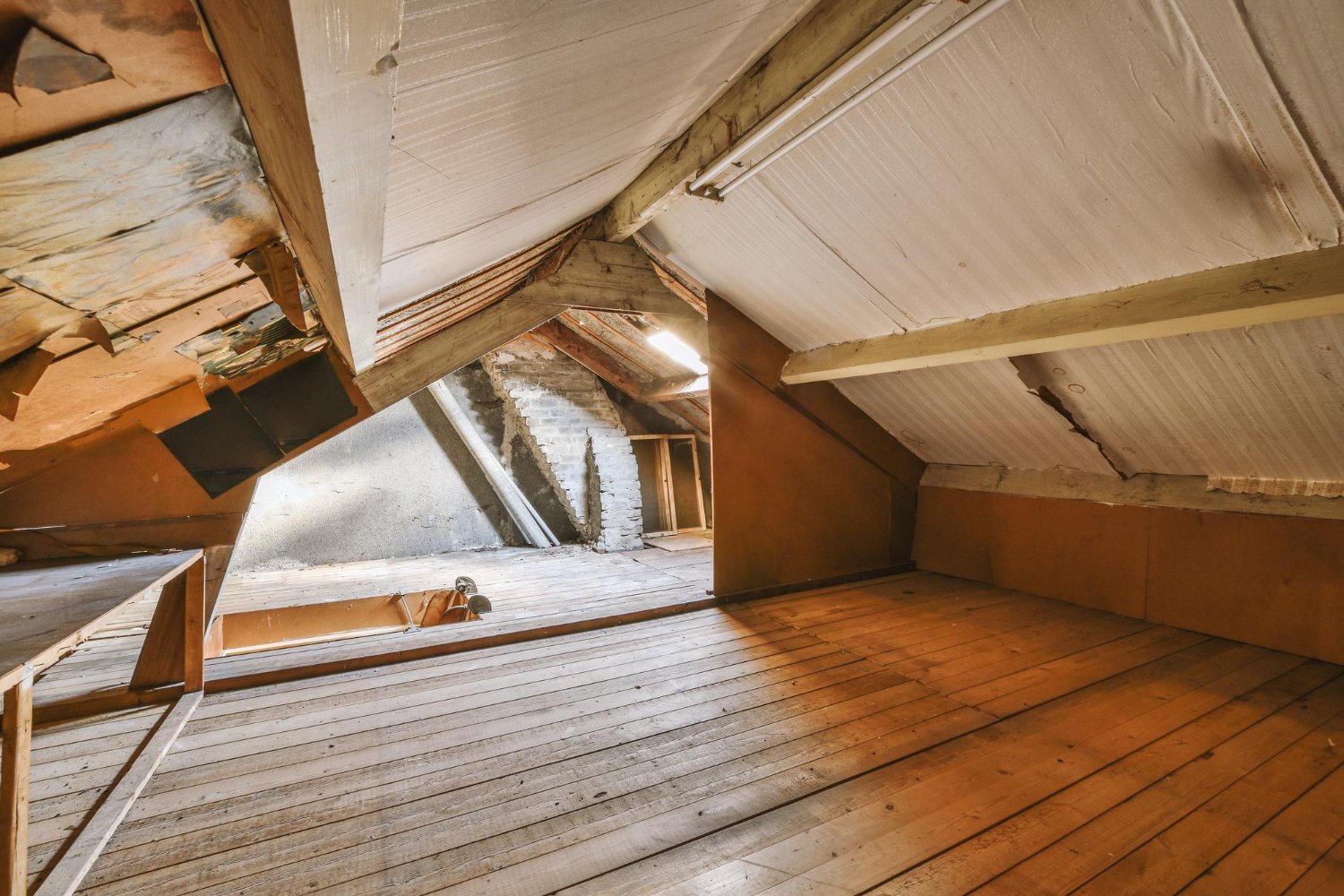In an era where sustainability and eco-friendliness are becoming the norm rather than the exception, LEED certification trends are at the forefront of the conversation among homeowners and real estate developers. As we move into 2024, understanding these trends is crucial for staying ahead in sustainable building.

What is LEED Certification?
The Leadership in Energy and Environmental Design, commonly known as LEED certification, is a globally recognized system for rating and certifying green buildings. It evaluates a building’s environmental impact and promotes sustainable construction practices. Whether you’re a homeowner or a real estate developer, aligning with LEED standards can offer significant benefits, including cost savings and enhanced marketability.
The Growing Importance of LEED Certification Trends
With the increasing awareness of environmental concerns, LEED certification trends have gained immense importance. More builders and developers are seeking this certification to emphasize their commitment to sustainability. This has resulted in innovative adoption of energy-efficient technologies and sustainable design practices.
1. Why Builders and Developers Prioritize LEED?
Builders and developers are prioritizing LEED certification due to its associated benefits. Compliance with LEED standards not only contributes to environmental conservation but also draws potential buyers looking for sustainable living solutions.
2. New Materials in Eco-Friendly Construction
In 2024, the focus on eco-friendly construction materials continues to grow. Renewed emphasis is placed on using renewable resources such as bamboo and recycled steel to minimize environmental impact.
3. Innovations in Energy Efficiency
Homeowners and developers are exploring state-of-the-art energy-saving technologies, such as solar panels and smart HVAC systems. These innovations are not only aligning with LEED certification trends but also reducing long-term operational costs.
The Role of Renewable Energy
Integrating renewable energy sources is a significant component of current LEED trends. Incorporating technologies like wind turbines and geothermal heating systems not only helps buildings achieve LEED certification but also reduces their carbon footprint.
4. Solar Energy Adoption
The adoption of solar technology remains a strong trend. More homes are being equipped with rooftop solar panels to take advantage of this abundant and clean energy source.
5. Geothermal Heating and Cooling
Another trend gaining traction is the use of geothermal systems. These systems utilize the earth’s natural heat to provide consistent and efficient climate control for buildings.
Smart Technologies and LEED
Smart technology integration is transforming modern buildings, aligning perfectly with LEED certification trends. Smart systems enhance energy management, contributing to both sustainability and convenience.
6. Use of Smart Meters
Smart meters are becoming essential for monitoring energy consumption, helping to optimize usage and reduce waste, which is pivotal for achieving LEED certification.
7. Automated HVAC Systems
Modern smart HVAC systems automatically adjust to building occupancy and climate conditions, ensuring optimal energy efficiency.
Water Efficiency and Conservation
Water conservation techniques are high on the agenda of LEED trends for 2024. Innovations in water-efficient fixtures and rainwater harvesting systems play a pivotal role.
8. Innovative Water Fixtures
Low-flow fixtures and dual-flush toilets are becoming standard installations in new developments, reducing water usage significantly.
9. Rainwater Harvesting
Rainwater harvesting systems are being increasingly adopted to gather, filter, and reuse rainwater for non-potable purposes, contributing to reduced dependency on municipal water supplies.
Health and Well-being Considerations
A healthy indoor environment is a staple of LEED certification trends. Emphasis on air quality, natural lighting, and non-toxic building materials are key facets of this trend.
10. Enhancing Air Quality
Developers are incorporating advanced ventilation systems and filters to ensure indoor air remains free of pollutants and allergens.
11. Utilizing Natural Lighting
The use of ample natural light is not only energy-efficient but also boosts the occupants’ well-being, making it a crucial element of sustainable design.
Waste Reduction and Management
Waste management practices are fundamental aspects of achieving and maintaining LEED certification. Developers are increasingly focusing on efficient waste management strategies.
12. Reducing Construction Waste
Innovative construction practices, such as modular building techniques, help minimize on-site waste.
13. Recycling Construction Materials
Recycling materials like concrete and wood from demolitions is trending, contributing to sustainable use of resources.
Trends in Building Commissioning
Building commissioning is vital for ensuring systems are designed, installed, tested, and operated according to operational needs and LEED standards.
14. Importance of Building Commissioning
Regular commissioning throughout a building’s life ensures it functions efficiently, maintaining operational cost savings and occupant comfort.
15. Enhanced Commissioning Practices
There is a rise in enhanced commissioning protocols that check all systems meet their designed specifications, a crucial step in achieving LEED certification.
Conclusion
Embracing these LEED certification trends marks a step towards a more sustainable future. Both sustainable building materials and cutting-edge technology play an integral role in shaping eco-friendly construction practices. Staying informed about these trends not only contributes to environmental preservation but also offers economic and well-being benefits for homeowners and developers.

Frequently Asked Questions
What is LEED certification?
LEED certification is a globally recognized system for evaluating and certifying sustainable building practices.
Why is LEED certification important?
It provides a framework for healthy, efficient, and cost-effective green buildings, and helps developers market properties as sustainable.
How can I achieve LEED certification?
Focusing on sustainable building practices, using renewable materials, and incorporating smart technology are ways to align with LEED standards.
This article contains affiliate links. We may earn a commission at no extra cost to you.




